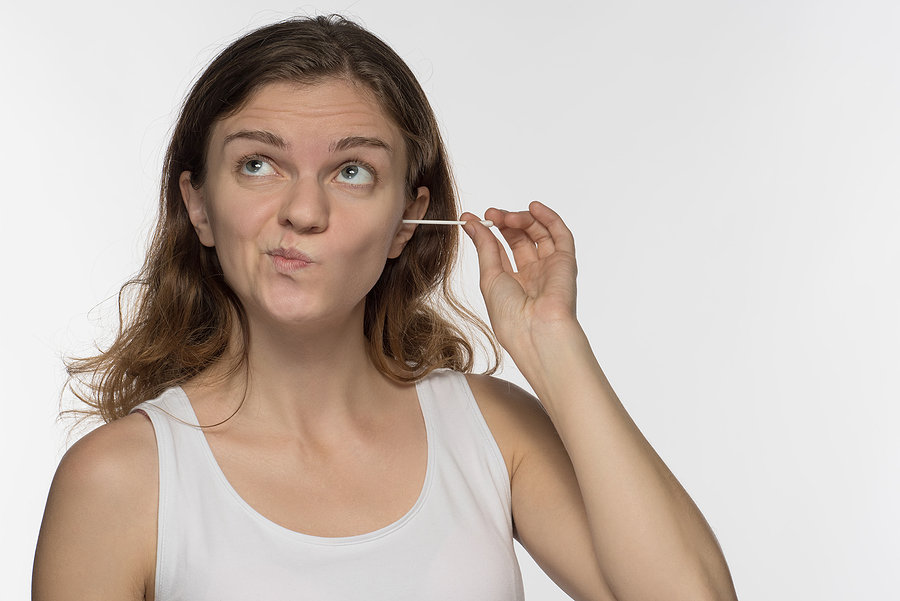- Exploring Alternative Therapies for Hearing Loss - May 6, 2025
- Why Rechargeable Hearing Aids Are Changing the Game for Users - April 27, 2025
- Why DIY Repairs Could Harm Your Hearing Aids - April 15, 2025
Earwax, scientifically known as cerumen, is a natural substance produced by the glands in our ear canal. While it might not be a topic that comes up in everyday conversation, earwax plays a crucial role in maintaining ear health. Let’s take a closer look at the mysteries of earwax, its functions, and the dos and don’ts of earwax management.
The Purpose of Earwax
Have you ever wondered what earwax even does? It actually plays a few important roles when it comes to ear health:
Protective Barrier: Earwax forms a protective barrier, preventing dust, debris, and foreign particles from entering the delicate structures of the ear, or coming into contact with the ear drum. This defense mechanism is crucial for maintaining ear health and preventing infections.
Lubrication: Earwax lubricates the ear canal, preventing dryness and discomfort. It ensures that the skin in the ear remains supple and healthy, so you won’t have any itching or pain.
Self-Cleaning Mechanism
The ear is a self-cleaning organ, and earwax plays a central role in this process. As new earwax is produced, the older wax gradually moves from the ear canal to the ear’s opening. Jaw movements, like talking or chewing, help push the old wax out of the ear.
Types of Earwax
There are two main types of earwax: wet and dry. The type of earwax a person has is determined by their genetics.
- Wet Earwax (Yellow/Brown): Wet earwax is sticky and moist, providing efficient protection and lubrication.
- Dry Earwax (Gray/Beige): Dry earwax is flaky and less prone to forming blockages.
Common Misconceptions About Earwax
There are a few common misconceptions about earwax, so we’re here to set the record straight:
Myth: Earwax Is Dirty
Fact: Earwax is not a sign of poor hygiene. In fact, attempting to clean the ears too vigorously can lead to complications and push earwax deeper into the ear canal.
Myth: Q-Tips Are the Solution
Fact: Q-tips, cotton swabs, or any small objects inserted into the ear canal can push earwax further down, leading to impaction. The ear is self-cleaning, and inserting objects can disrupt this natural process.
When Earwax Becomes a Problem
In some cases, the earwax can become impacted, causing symptoms such as:
- Hearing Loss: Impacted earwax can block the ear canal, leading to temporary hearing loss.
- Earache: The pressure from blocked earwax can cause discomfort and pain.
- Tinnitus: Ringing or buzzing sounds may occur due to the blockage.
Causes of Earwax Impaction
Some of the most common causes of earwax impaction include:
- Narrow or Curved Ear Canals: Some individuals naturally have ear canals that are more prone to blockages.
- Overproduction of Earwax: Excessive earwax production can overwhelm the ear’s self-cleaning mechanism.
- Incorrect Ear Cleaning: Inserting objects into the ear canal can push earwax deeper, leading to impaction.
Safe Earwax Removal Techniques
So knowing that the ear is self-cleaning, how can you safely remove excessive earwax?
- Over-the-Counter Drops: Special ear drops can soften earwax, making it easier for the ear’s natural cleaning mechanisms to remove it.
- Earwax Removal Kits: Non-prescription earwax removal kits often include drops and a bulb syringe to gently flush out softened earwax.
- Professional Earwax Removal: If you have impacted earwax, a hearing health specialist can help. We can safely remove the earwax using specialized tools and techniques. The most common removal method is irrigation, where we use warm water to flush out the excess earwax.
Visit us for Earwax Removal
Earwax is a remarkable substance designed to safeguard our ears and maintain their health. Understanding the role of earwax, debunking common myths, and adopting safe removal practices can contribute to overall ear well-being.
If you ever encounter issues with earwax, the key is to avoid putting anything in your ears and use gentle removal methods, respecting the ear’s natural cleaning mechanisms.
If you have impacted earwax, visit us for more support. We’ll take a closer look at your ear canals to look for signs of impacted earwax, a blocked ear canal, or any other concerns. Then we’ll safely remove excess earwax to help you maintain your overall ear health.

